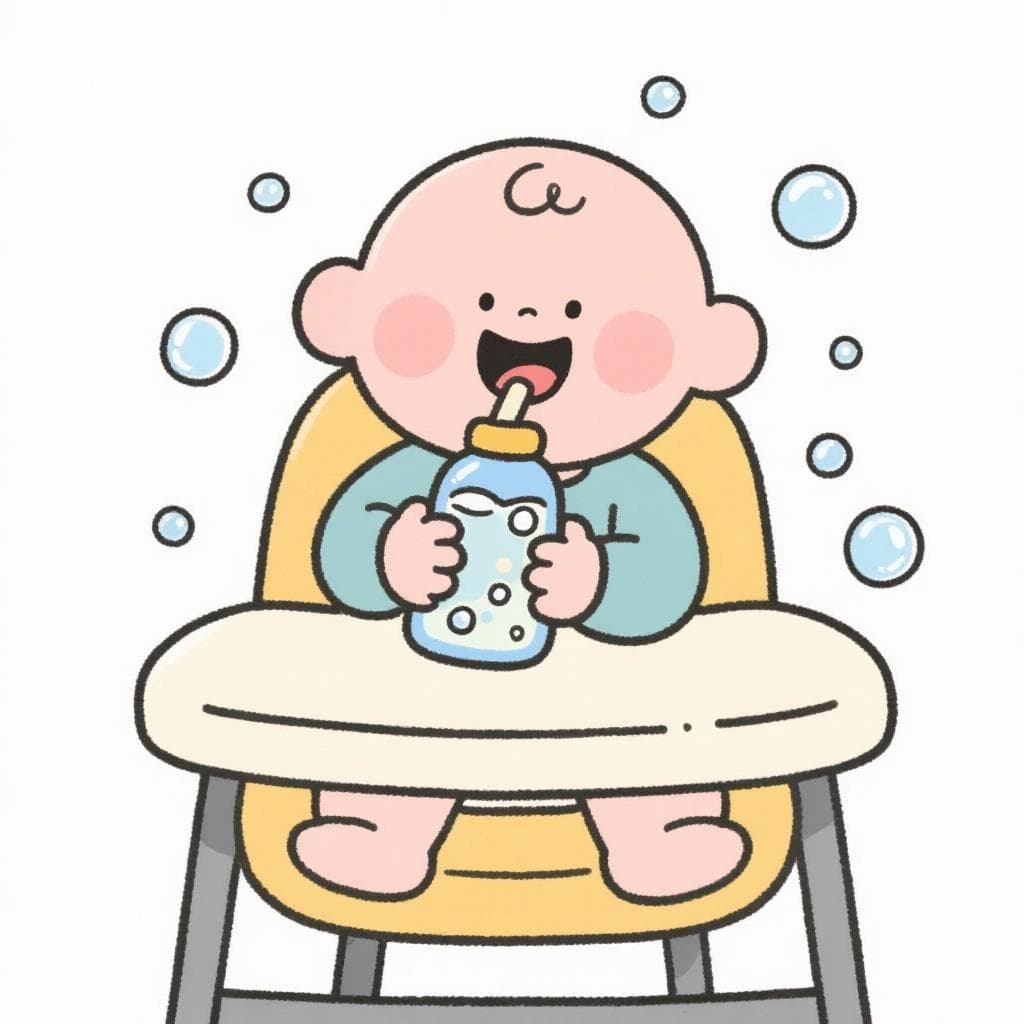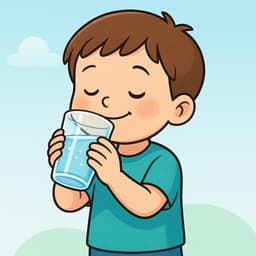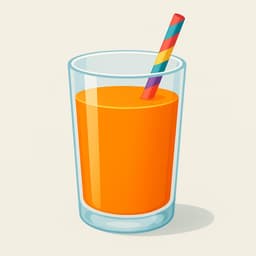El bebé bebe bebidas con burbujas.
el be-BÉ BE-be be-BI-das con bur-BU-jas
The baby drinks drinks with bubbles.
🔊 Listen & Practice
Start with slow speed to master pronunciation, then gradually increase to challenge yourself.
🎨 Visualization

This baby loves bubbly beverages! Can you say it without getting your lips twisted?
🎯 Pronunciation Focus
The Unified Spanish 'b'/'v' Sound
/b/Unlike English, Spanish 'b' and 'v' are pronounced exactly the same. The sound is made by pressing your lips together lightly. This twister is a workout for making that lip-based sound repeatedly and helps you stop using the English 'v' sound (teeth on lip).
Syllable Repetition & Rhythm
The rapid repetition of 'be', 'bi', and 'bu' syllables is a great exercise for mouth muscle coordination and helps build fluency and speed.
📝 Practice Breakdown
Start here. Notice 'bebé' (baby) and 'bebe' (drinks) sound almost identical. Focus on the stress: 'be-BÉ' then 'BE-be'. Keep the 'b' sound purely lip-based.
Now add the rest. Keep that 'b' sound consistent in 'bebidas' and 'burbujas'. Don't let your teeth touch your bottom lip like an English 'v'.
Key Words in This Tongue Twister:
📚 Background
This is a simple but very effective tongue twister for learners. Its main purpose is to train the mouth to produce the Spanish 'b' sound repeatedly and to help English speakers stop making a distinction between 'b' and 'v', which sound the same in Spanish.
❌ Common Pitfalls
Using the English 'v' Sound
Mistake: "When saying the words quickly, some learners accidentally switch to the English 'v' sound (top teeth on bottom lip) out of habit."
Correction: Remember, in Spanish, 'b' and 'v' are twins! Always make the sound by pressing your lips together. There's no teeth-on-lip action in this tongue twister at all.
Mixing up 'bebé' and 'bebe'
Mistake: "Pronouncing 'bebé' (baby) and 'bebe' (he/she drinks) with the same stress pattern."
Correction: Pay close attention to the accent mark! 'be-BÉ' has the stress on the second syllable. 'BE-be' has the stress on the first. Getting this rhythm right is key to making it sound natural.
🌎 Where It's Used
General Spanish
This is a widely known and used practice phrase across all Spanish-speaking countries, especially for children learning to speak.
🔗 Related Tongue Twisters
The Bubble Challenge
Try to say it five times in a row without any English 'v' sounds sneaking in! Can you do it in under 10 seconds? Record yourself and listen back!
🏷️ Tags
Frequently Asked Questions
Why do 'b' and 'v' sound the same in Spanish?
Over time, the pronunciation of the two letters merged in Spanish. While they remain distinct in writing, they represent the exact same sound when spoken. This is a key pronunciation rule to learn early on!
Is the 'b' sound always hard like in 'boy'?
Great question! It's hard like in 'boy' at the start of a sentence (like 'bebe') or after an 'm' or 'n'. Between vowels, it's often a bit softer, where your lips don't close completely. For now, just focus on using only your lips, and you'll be on the right track!

